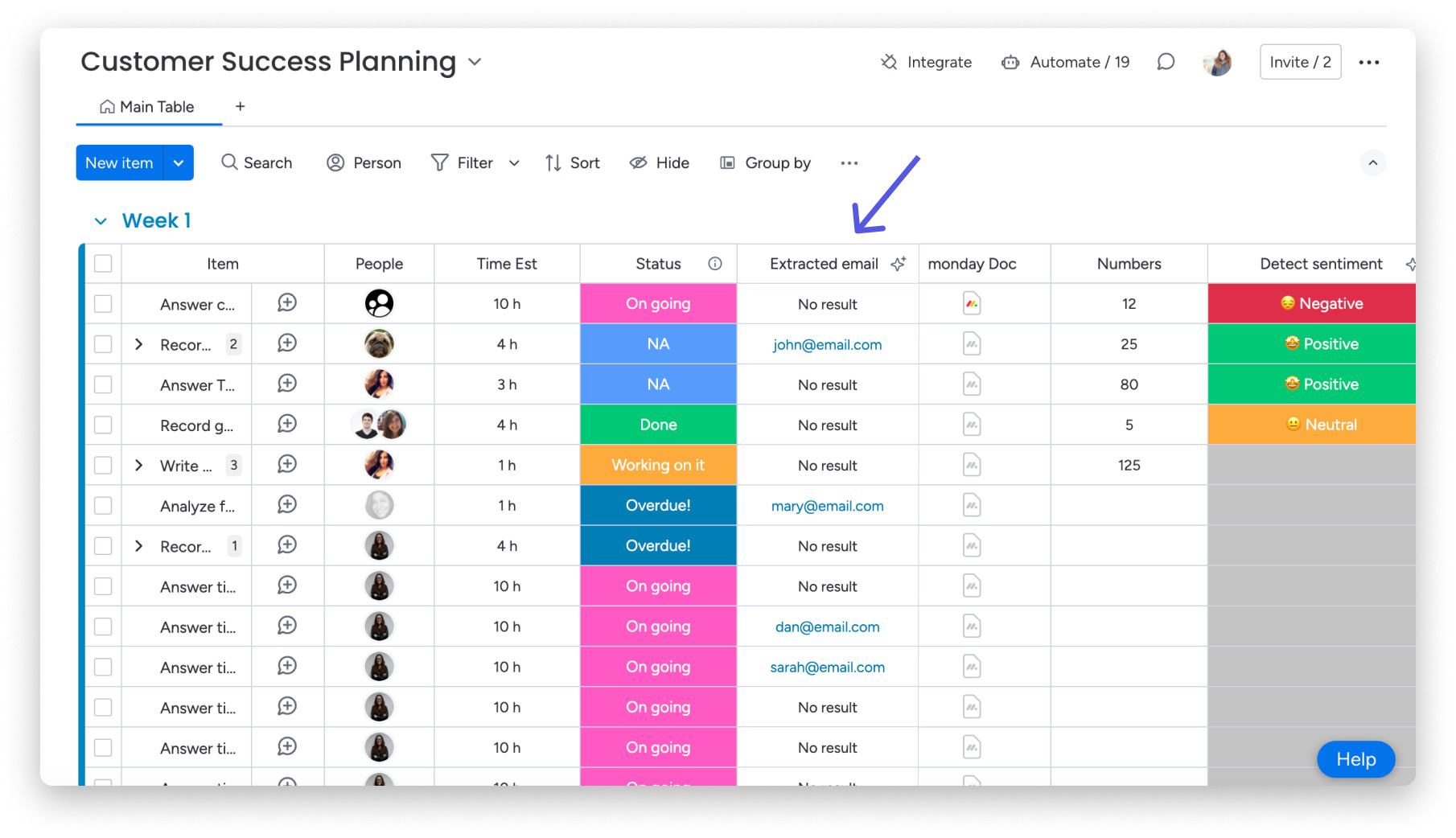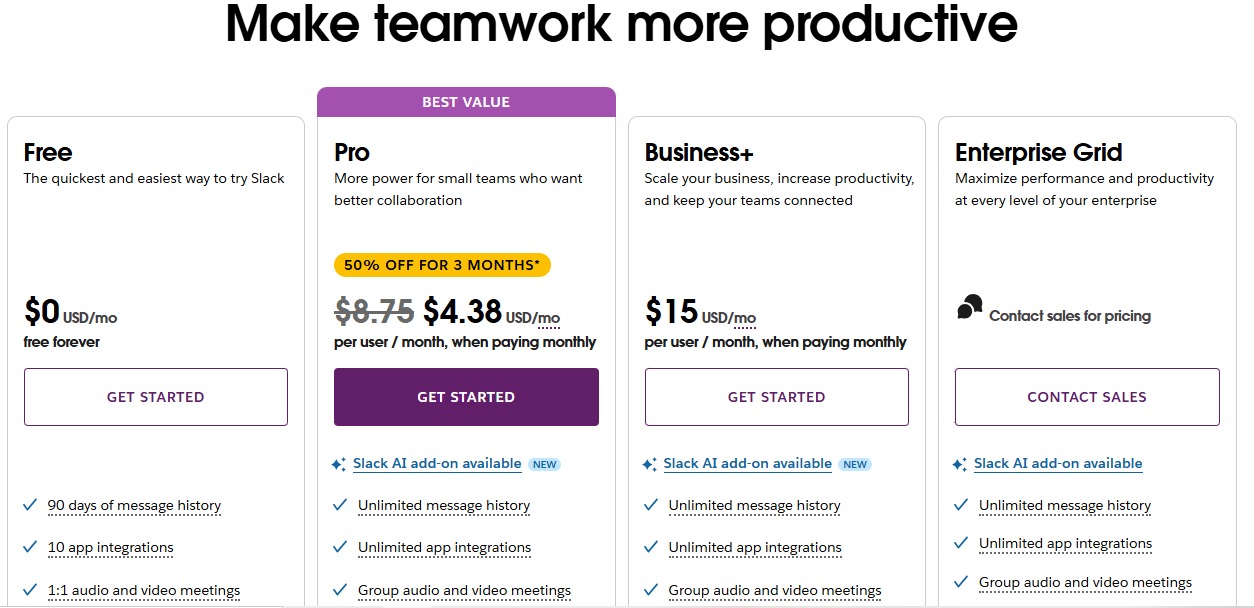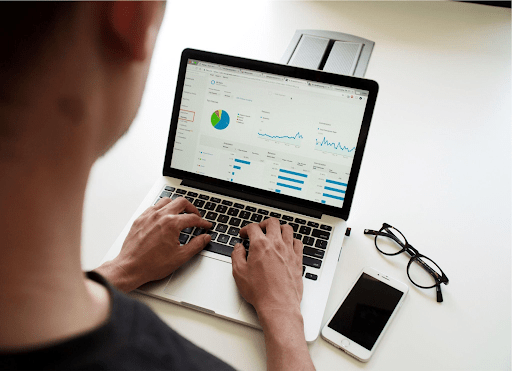The software-as-a-service (SaaS) industry is growing rapidly, with the global market projected to reach $908.21 billion by 2030. This surge can be attributed to evolving technology, increasing business adoption, and the shift toward cloud-based solutions. However, as the industry changes, SaaS business owners must stay ahead of emerging trends to maintain a competitive edge. In this article, we’ll explore five key SaaS business trends shaping the industry. Understanding them will help your business adapt, innovate, and thrive in this increasingly dynamic market. In 2023, the global AI market was valued at approximately $196.63 billion. This figure is projected to grow at a CAGR of 36.6% from 2024 to 2030. It’s no wonder AI is reshaping the SaaS industry, improving everything from marketing automation to data-driven decision-making. This year, different AI technologies are already transforming various aspects of SaaS, such as personalization and automation. According to Younium, SaaS businesses looking to optimize their billing processes must understand the concept of subscription billing models and their automation technology to perform billing-related tasks. For example: Several companies are already leveraging AI to stay ahead. Bloomreach, for instance, offers AI-powered solutions for product discovery and marketing automation. This allows businesses to deliver personalized customer experiences. Monday.com, on the other hand, utilizes AI to automate workflows. Here’s an example of automation in action on the platform: With increasing cyber threats and regulations, cybersecurity is becoming a top priority for businesses. In 2023 alone, data breaches spiked by 34.5%, resulting in over 17 billion personal records being compromised. This further emphasizes the growing need for improved security measures. As more businesses rely on SaaS solutions to store sensitive data, SaaS providers must strengthen their security infrastructure to gain user trust. Here are three key cybersecurity trends to look out for in 2025:
In contrast, Vertical SaaS focuses on specific industries, offering tailored solutions to meet challenges unique to that sector. This approach is gaining traction rapidly. In fact, the global vertical SaaS market is projected to reach $720.44 billion by 2028. Many factors are fueling this substantial growth: This year, we’ll see a surge in SaaS startups targeting underserved industries like agriculture, education, and manufacturing. These specialized platforms will provide deeper functionality, enhanced automation, and improved customer retention, making vertical SaaS a key growth driver in the industry. The traditional sales-driven approach to SaaS is evolving. Rather than relying heavily on social media and email marketing campaigns to generate leads, SaaS companies have been adopting a product-led growth model since 2021. In this model, the product itself drives user acquisition, retention, and expansion. Users can experience the product’s value before committing. The product-led growth model is continually on the rise because businesses and consumers want to try a product before making a purchasing decision. Free trials, freemium models, and self-serve onboarding are now key drivers of adoption. As companies embrace freemium models, flexible and usage-based pricing, and self-serve upgrades, the need for robust SaaS billing software has grown. Automated billing solutions allow SaaS businesses to seamlessly manage their subscriptions, pricing tiers, and in-app purchases. Examples of PLG SaaS companies include:
The global API management market is estimated to grow from $7.6 billion in 2024 to $16.9 billion by 2029. This makes it clear that businesses are increasingly prioritizing seamless integrations. As companies increasingly rely on multiple SaaS solutions, they expect their tools to work together effortlessly within their existing tech stack. This has led to a shift where SaaS providers are moving away from redirecting users to third-party APIs and instead offering built-in integration capabilities. One area where this is particularly important is subscription billing. SaaS companies need robust billing integrations to handle recurring payments, automate invoicing, and manage different pricing models. Many are now embedding APIs that connect directly to payment gateways and accounting systems, ensuring a smooth billing experience without requiring manual intervention. As SaaS adoption continues to rise, businesses will prioritize API-first solutions to:
The SaaS industry is constantly evolving, and 2025 is here to bring significant shifts in technology, security, pricing, and integrations. As a SaaS business owner, staying on top of SaaS business trends will help you make strategic decisions and future-proof your offering. Which of these trends will have the biggest impact?1. Artificial Intelligence Continues to Evolve
2. Increased Focus on Cybersecurity and Data Privacy
3. Continued Emergence of Vertical SaaS Solutions
4. The Continued Rise of Product-Led Growth (PLG) in SaaS
Check out Slack’s pricing plans below. With the free plan, users can experience the software before committing to a paid plan:5. The Continuous Need for APIs in SaaS
Conclusion
Don’t forget to share this article



